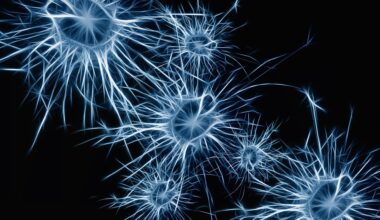Dr. Dan Marigold is currently trying to determine how the brain adapts to altered visual input. His research looks at how the nervous system uses sensory information to control the body’s movement; in particular, how the brain interprets what the eyes see, and how the brain and spinal cord use that information to control and adapt to walking.
“We’ve shown that visual information is crucial for gait modifications, including its role in establishing a neural representation of obstacles to guide limb movements,” says Dr. Marigold, who is co-director of the Behavioural Neuroscience Undergraduate Program at Simon Fraser University.
By improving understanding of what the brain does with visual information, Dr. Marigold hopes to improve rehabilitative treatment. “We’ve found that the brain can adapt to altered visual input during walking, and this stored adaptation can transfer to different walking tasks. This is important, as it may help us understand the most effective ways to train individuals following neurological injury.”
In order to pursue discovery and improve the mobility of people with eye disease and other neurological conditions, Dr. Marigold’s research combines basic science with clinically relevant scenarios.
“In my lab, we test these ideas in healthy individuals and in a variety of patient populations, including macular degeneration and glaucoma,” says Dr. Marigold. His earlier research was among the first to demonstrate that agility-based exercise can improve balance and mobility and reduce falls in individuals with chronic stroke.


